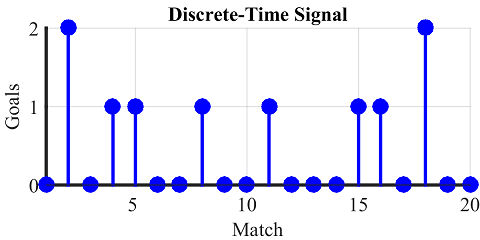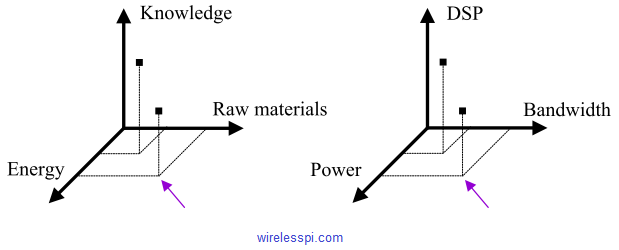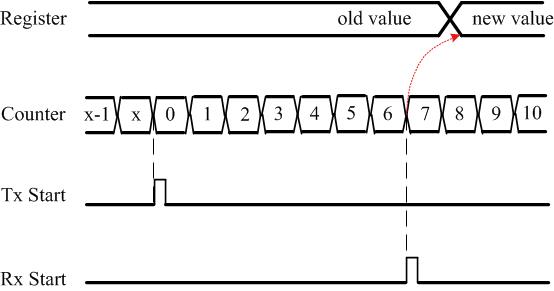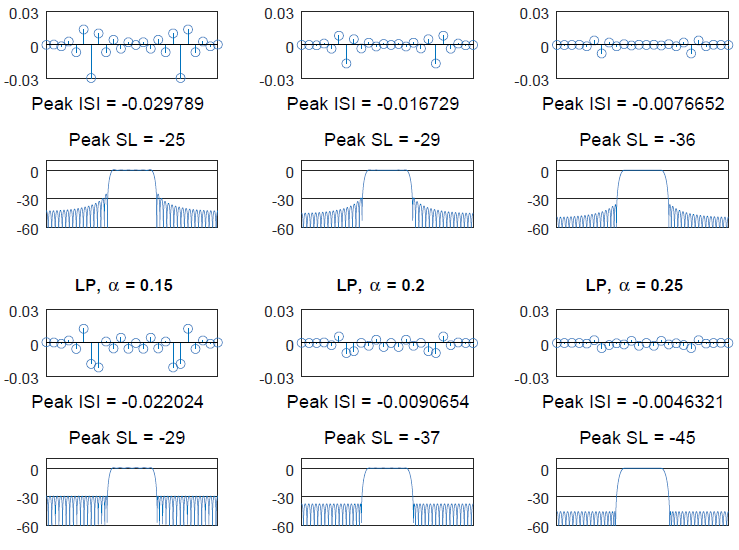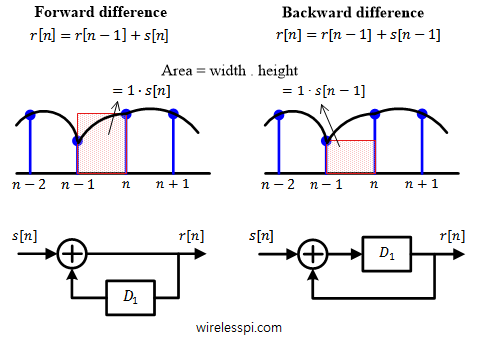As we saw here, a signal is any measurable quantity that varies with time (or some other independent variable). Classification of continuous-time and discrete-time signals deals with the type of independent variable. If the signal amplitude is defined for every possible value of time, the signal is called a continuous-time signal. However, if the signal takes values at specific instances of time but not anywhere else, it is called a discrete-time signal. Basically, a discrete-time signal is just a sequence of numbers. Example Consider a football (soccer) player participating in a 20-match tournament. Suppose that his running speed is recorded
Continue reading